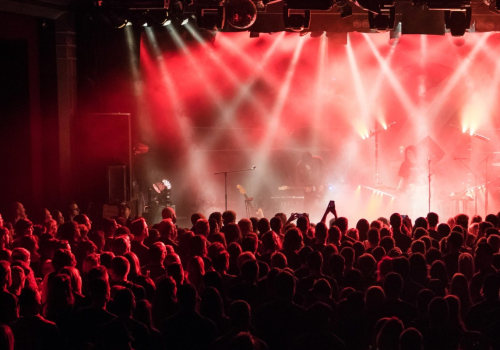The World Health Organization (WHO) has recommended that sound levels be monitored and “quiet areas” be designated in places where noise complaints are common. In response, many Canadian cities have created teams of law enforcement officers to respond to noise complaints starting at 6 in the morning. Stakeholders should collaborate to identify suitable sound level limits and practical hearing health measures that can be applied to a variety of music venues, from large multi-day festivals to small music bars in the city center. For instance, a study of dance music festivals in Belgium revealed high compliance rates, while a Swiss study found that 87% of the 296 measurements taken at concerts during a music festival met the rules. Generally, most Canadian music bars have a noise level policy or designated quiet area.
This policy is designed to guarantee that patrons can enjoy their experience without being exposed to excessive noise levels. The policy may include limits on the volume of music, as well as other measures such as soundproofing or acoustic treatments. Additionally, some bars may have designated quiet areas where patrons can go if they want to avoid loud music. It is essential for patrons to be aware of the noise level policy or designated quiet area at their local music bar. This will help them make an informed decision about whether or not they want to visit the bar.
Furthermore, it is important for bar owners to ensure that their noise level policy is enforced and that patrons are aware of it. This will help ensure that everyone can enjoy their experience without being exposed to excessive noise levels.



